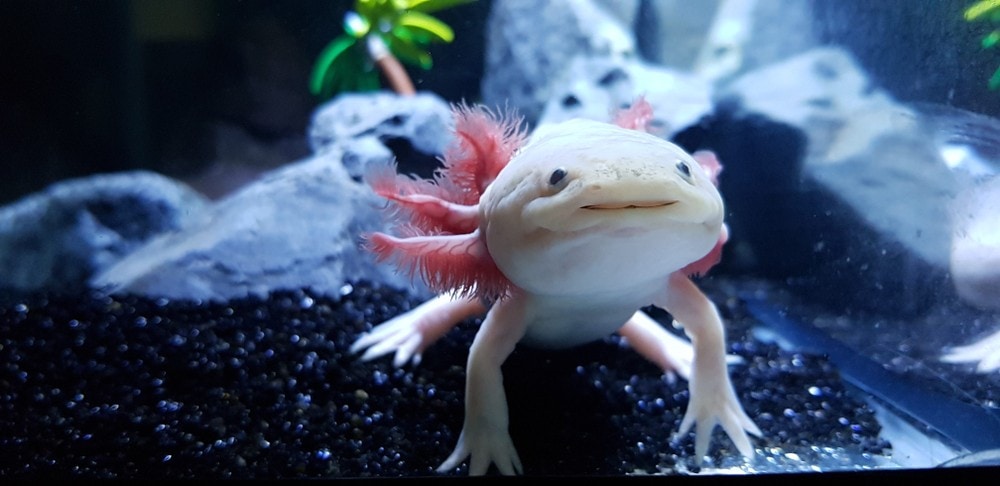
Are you looking for a unique and fascinating aquatic pet? Axolotls, also known as Mexican salamanders, are one of the most popular aquatic pets. These fascinating creatures are known for their ability to regenerate limbs and organs, but did you know that axolotls can turn into salamanders? In this article, we will explore the incredible transformation of axolotls into salamanders, the various colors of axolotls, and the differences between male and female axolotls.
Axolotls Turning into Salamanders

Axolotls are unique in the sense that they exhibit neoteny, which means that they retain their juvenile features even into adulthood. However, under certain conditions, axolotls can undergo metamorphosis and transform into terrestrial salamanders. This process is referred to as “axolotl metamorphosis,” and it occurs when the hypothalamus in the brain triggers hormonal changes that result in the development of lungs, shorter gills, and a more slender body shape.
Axolotls typically undergo metamorphosis when they reach sexual maturity, which is generally between 12-18 months of age. However, external factors such as temperature, diet, and water chemistry can also stimulate metamorphosis. For example, exposing axolotls to cooler temperatures and reducing their food supply can trigger metamorphosis. It’s important to note that not all axolotls will undergo metamorphosis, and those that do may experience complications during the process.
Different Axolotl Colors

Axolotls come in a wide range of colors, including black, gray, white, albino, golden, and piebald. The color of an axolotl is determined by its genetics, and it can be influenced by environmental factors such as light and diet.
One of the most popular colors of axolotls is the albino variety. Albino axolotls lack melanin, which gives them a characteristic pink coloration. Another popular variety is the golden axolotl, which has a bright yellow-gold color. Piebald axolotls have a mottled appearance with white and dark patches on their body.
Male vs Female Axolotls

Axolotls exhibit sexual dimorphism, which means that males and females have physical differences. One of the most noticeable differences between male and female axolotls is their size. Female axolotls tend to be larger and broader than males, particularly when they are carrying eggs.
Another difference between male and female axolotls is the shape of their cloaca, which is the opening where they excrete waste and reproduce. In males, the cloaca is longer and more pointed than in females. Male axolotls also have enlarged ventral fins called “cloacal fans,” which they use to move water over their sperm packets during mating.
Conclusion
Axolotls are fascinating creatures that offer a unique and rewarding pet ownership experience. From their ability to regenerate limbs to their incredible metamorphosis into salamanders, axolotls are truly remarkable animals. By understanding the different colors of axolotls and the differences between male and female axolotls, you can better care for these amazing creatures. Whether you’re a seasoned axolotl owner or considering getting one for the first time, there’s no doubt that axolotls are a truly captivating species.